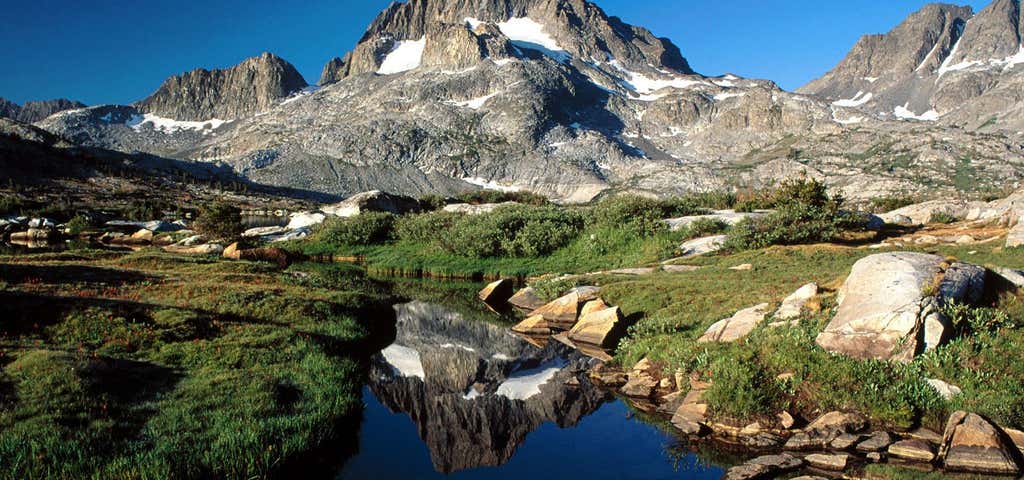“Rocky Islands and Windswept Waters”
The rocky islands, windswept pines, and cool waters of Thousand Islands National Park have the flavour of the northern wilderness just a few hours from Toronto, Montreal, and Ottawa. In this traditional summer home of Haudenosaunee and Mississauga Anishinaabe, nature and culture intermingle. Majestic castles and historic summer homes stand in contrast to rugged islands of granite and pine that are home to lumbering turtles, soaring eagles, and countless other species. Thousand Islands National Park (established 1904) is located on Hill Island in the Thousand Islands Region of the Saint Lawrence River. The islands are actually the worn-down tops of ancient mountains. This region, the Frontenac Axis, connects the Canadian Shield from Algonquin Park in Ontario to the Adirondack Mountains in New York. The park consists of 21 islands plus many smaller islets, 2 mainland properties and a visitor centre at Mallorytown, Ontario on the mainland. This is Canada's third smallest national park with a total area of 24.4 square kilometres (9.4 sq mi). Much of the park is only accessible by boat. There are picnic facilities and limited camping facilities on several islands. Trail systems can be found on the mainland along the Thousand Islands Parkway at Jones Creek and Landon Bay. The Frontenac Arch Biosphere Reserve, in which the park is located, is known as being one of the highest areas of biodiversity in Canada. The first inhabitants of the park were Aboriginals who began fishing and hunting in the area around the end of the last glacial period approximately 10,000 years ago. Many artifacts have been found in the park, including a 2500 year old pot that was found by a diver in 1979. Pictographs are still visible on some shoreline cliffs despite damage due to acid rain and vandals. By the early 17th century, the Iroquois people had put up large summer encampments on the riverbanks from which they fished the rich waters. Around this time they began to be visited by French explorers, fur traders, and missionaries following the St Lawrence river to seek their fortune in the new world. Following the American Revolution at the end of the 18th century, European settlers began moving into the area and the traditional fishing encampments were displaced. A few Iroquois still returned to fish, but by the 1860s fish stocks were greatly depleted. During the war of 1812, the area of today's National Park was visited by both British and American warships. The preserved hull of a British Gunboat was sunk nearby and, raised in 1967, it now resides at the park. Martello towers were built in the area to defend the British from American invasion. Inside the park, Cedar Island, a small island visible from downtown Kingston, Ontario, is the site of a Martello tower named Cathcart Tower. The park was established in 1904, the first Canadian national park east of the Rocky Mountains. It was called St. Lawrence Islands National Park until 2013, when it was renamed to Thousand Islands National Park to reflect the natural area in the name.
Reviews
Absolutely gorgeous. Beautiful landscape dotted with cute island cottages. Kayaking is a must do activity.
You need to take the cruise and enjoy.
Beautiful!
Be the first to add a review to the Thousand Islands National Park of Canada.
/-75.95532,44.35263,14/300x172@2x?access_token=pk.eyJ1Ijoicm9hZHRyaXBwZXJzIiwiYSI6ImNsdjQ5N2VtZDA2bW8ycW13ZHAxeGhjbjkifQ.UIccpoAxc7g3BAuK4s9vjg)
Thousand Islands National Park of Canada
Hours
Problem with this listing? Let us know.
Has RV parking changed? Let us know.
-
Parking
-
Pets Allowed
-
Restrooms
-
Wifi
-
Wheelchair Accessible
-
Credit Cards Accepted


